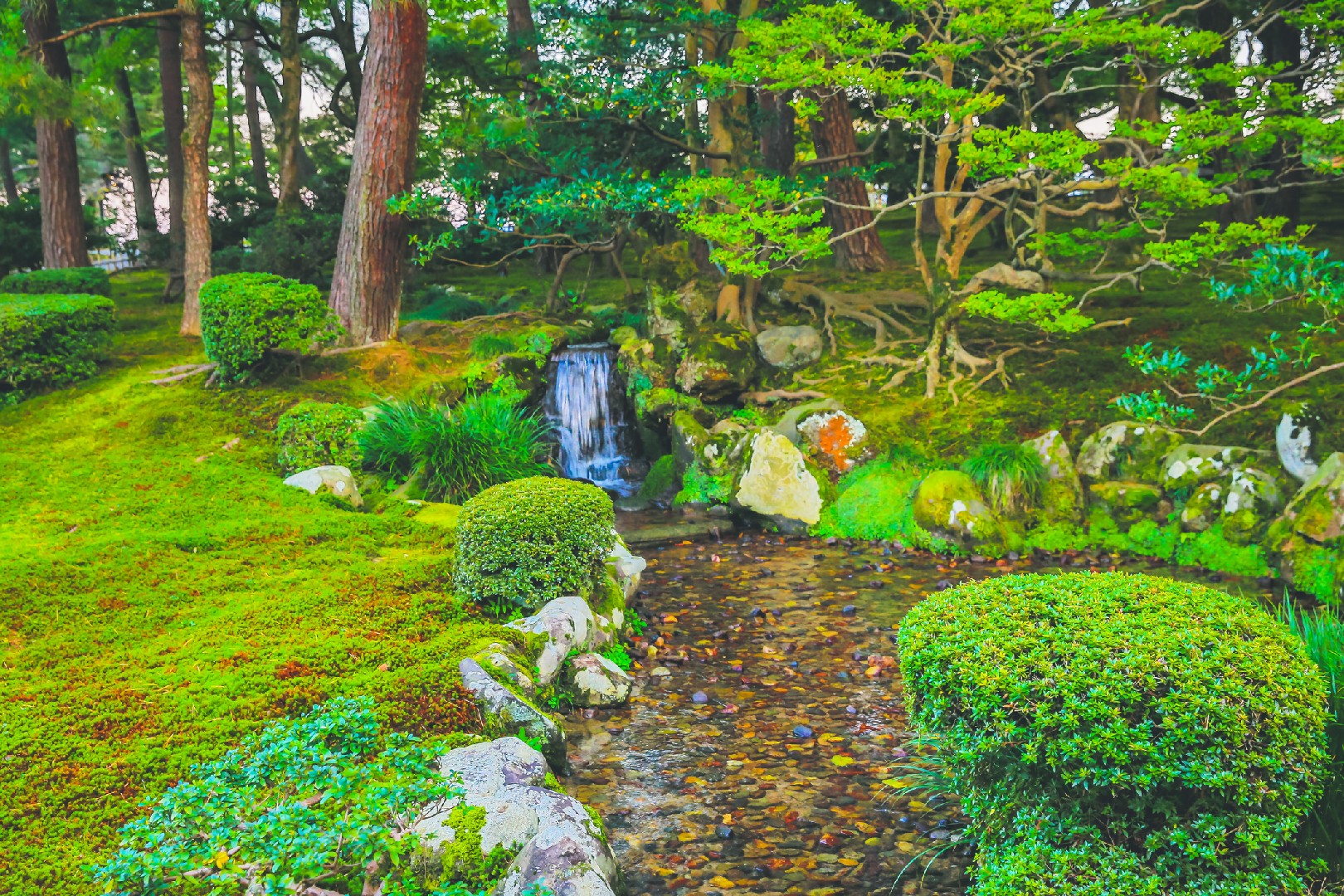![Rectangle]()
Maintaining Your Dry Creek Bed
Keeping your dry creek bed in good condition is essential to ensure its long-term beauty and functionality. Routine maintenance practices and seasonal upkeep tasks will help preserve the integrity of the design and prevent common challenges that may arise.
One of the most important routine maintenance practices for a dry creek bed is to keep it free of debris. Over time, leaves, twigs, and other organic materials can accumulate and clog the bed, disrupting the flow of water and detracting from its visual appeal. Regularly remove any debris by hand or with a rake, especially after heavy rainfall or strong winds. This will help maintain the natural look of the creek bed and prevent blockages that could lead to flooding or erosion.
Another essential maintenance task is to inspect the creek bed for signs of erosion or sediment buildup. Heavy rainfalls can cause the soil to erode and wash away, exposing the rocks and altering the shape of the bed. If you notice any erosion or sediment buildup, consider adding additional rocks or boulders to reinforce the banks and restore the natural contours of the creek bed. This will not only improve its appearance but also prevent further erosion and damage.
During the different seasons, specific upkeep tasks are necessary to ensure the continued beauty and functionality of your dry creek bed. In spring, it's essential to check for any new plant growth that may be encroaching on the bed. Trim back any overhanging branches or shrubs to prevent them from overshadowing the creek bed and to allow sunlight to reach the rocks, helping to keep them dry and free from moss or algae growth.
In summer, it's crucial to monitor the creek bed for signs of drought stress. If the rocks look dry or discolored, water the bed thoroughly to provide enough moisture for the plants and to maintain the overall health of the creek bed ecosystem. Additionally, consider adding a layer of mulch around the bed to help retain moisture and regulate soil temperature.
In autumn, be mindful of falling leaves that can accumulate and cover the rocks. A layer of leaves not only obscures the natural beauty of the creek bed but can also decompose and contribute to the buildup of organic materials. Regularly rake and remove fallen leaves to keep the bed tidy and prevent potential issues.
Finally, let's address some common challenges that you may encounter when maintaining your dry creek bed and their solutions. One common challenge is weed growth. Weeds can quickly take root and spread in the moist environment provided by the creek bed. To combat weeds, apply a layer of weed barrier fabric under the rocks during the initial installation. This will help prevent weed growth and make it easier to remove any weeds that do manage to sprout.
Another common challenge is algae or moss growth on the rocks. To prevent algae and moss, ensure that the creek bed receives adequate sunlight and that the rocks stay dry. However, if you do notice any growth, you can scrub the affected areas with a mixture of water and white vinegar or use a specialized algae or moss cleaner.
By following these routine maintenance practices, seasonal upkeep tasks, and solutions for common challenges, you can enjoy a serene and beautiful dry creek bed all year round. Remember to regularly observe and interact with your creek bed to address any issues promptly and keep it in pristine condition. With proper care and attention, your dry creek bed will continue to enhance the aesthetics of your garden and provide a soothing focal point for years to come.





